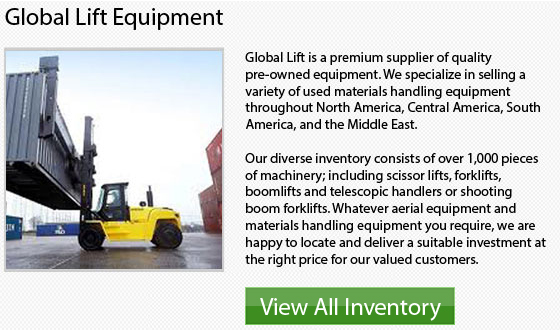
Raw Materials
The cab, body, boom and frame of a telescoping boom rough terrain forklift are generally made by a lift truck manufacturer. The most common material utilized for these subassemblies is steel, due to its amazing strength. Sometimes steel forgings or aluminum are utilized also. It is common for non-metallic materials like for example nylon plastic blocks to be utilized as guides within the boom assembly. The other parts are normally purchased as finished products and the lift truck maker installs them.
Some of the pre-assembled bought products comprise the seat, transmission, engine, axles, hoses, tires and wheels, backup-alarm, lights, hydraulic cylinders and gauges. Normally, certain materials like the hydraulic fluid and fuel and lubricants are purchased in bulk. These liquids are added as needed when the machinery is assembled and has passed the meticulous testing sessions.
Design
The narrow and long design of the telescoping boom rough terrain forklift is most common, with a set of wheels at the front of the model and another set located towards the rear of the machinery. The boom portion of the model is mounted at the forklift's back off of a pivot feature which is raised several feet above the frame's level. Generally, the cab is mounted on the frame structure's left-hand side. Normally, the bottom half of the cab is low and situated between the tires. The hydraulic fuel tank and the fuel tank are mounted on the right-hand side, opposite the cab. Along the vehicle's center-line, the transmission and the engine are mounted within the frame.
Beyond this basic configuration, various manufacturers have contributed to their own unique design. On the market nowadays, there are numerous options offered. Some units of forklifts use a single hydraulic cylinder to be able to raise the boom, and other units use 2 cylinders. Several models use a side-to-side hydraulic frame leveling capability. This feature enables the frame to tilt up to 10 degrees relative to the axles in order to enable the equipment to compensate for extreme axle articulation. This is used for example, when the tires on one side of the forklift are located down in a rut and the tires on the other side of the equipment are up, located on a mound of dirt.
Fork attachments are another popular design feature capable of swinging both left and right up to 45 degrees, that improves the precise load positioning.